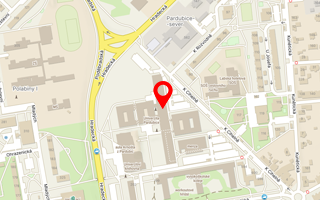Publikace detail
Behaviour of Printed Electroluminescent Panel in Accordance to the Order of Layers
Autoři:
Petruf Kristián | Syrový Tomáš | Němec Petr
Rok: 2013
Druh publikace: ostatní - článek ve sborníku
Název zdroje: SGA Conference Proceedings
Název nakladatele: Univerzita Pardubice
Místo vydání: Pardubice
Strana od-do: 14-14
